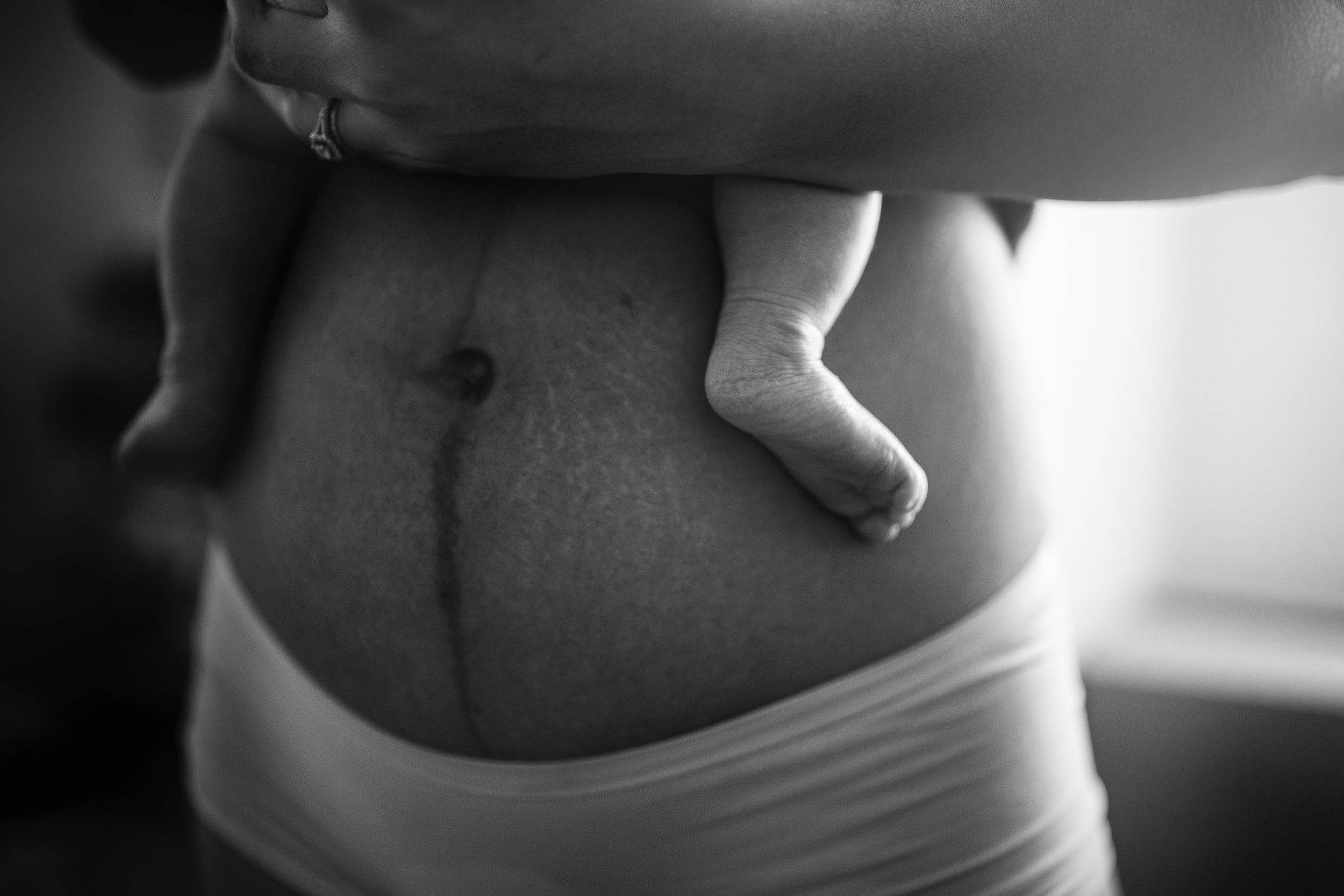Abdominal separation is all the talk these days. It seems that a lot of prominent fitness experts are coming out with new programs on “how I healed my diastasis.” As we talked in previous posts, diastasis is a separation of the abdominal muscles from the linea alba (the midline fascia/connective tissue).
One of the most common ways a separation is measured is by “finger width.” For example, a 2 finger width separation would be the width of 2 fingers. Now, keep in mind that we all have slightly different sized hands and fingers, so this makes this way of measuring slightly difficult to gauge person to person.
Another component that is looked at is how deep and springy the linea alba is when palpated. “Great,” you might be saying, “So how do I know if I have a separation and if it is safe for me to continue with my exercises?”
One of the ways we check for residual diastasis recti and the integrity of the muscles and lines alba is by doing a curl up test while palpating the linea alba. “What the heck does that mean?”
Lying on your back, you can place your hand at your belly button and gently press down until you can feel the muscle bellies on either side of your belly button. Then slowly curl up with your head, neck and shoulders. Now check where the muscle bellies are during the curl up. You then measure from one muscle belly to the other and see what the finger width is at the belly button. You are also looking for any “doming” or “tenting” where the abdomen comes up and away and looks like a tent or dome. You can do this again about 2 inches above the belly button and 2 inches below the belly button to see how the abdominal muscles are functioning throughout the abdomen. You also want to see how deep you fingers press in past the muscle belly (we’re not worried about the skin and layer of fat that we all have).
Still not quite sure if you have a separation or if you should be modifying your abdominal exercises at this point? Check in with a physical therapist to help you determine how you may need to modify your activities for how your body is recovering.
Disclaimer: Please keep in mind this is for informational purposes and not meant to diagnose or treat. Seek out help from a medical professional if you have any concerns or want additional information.

